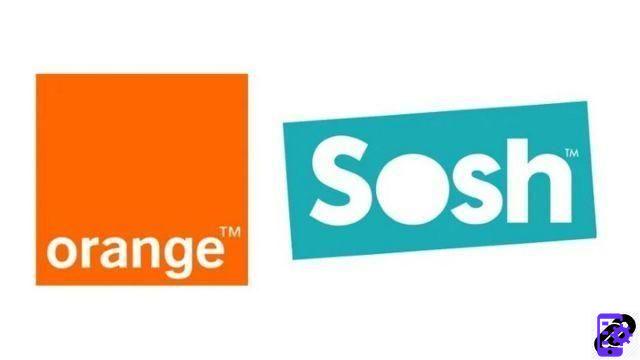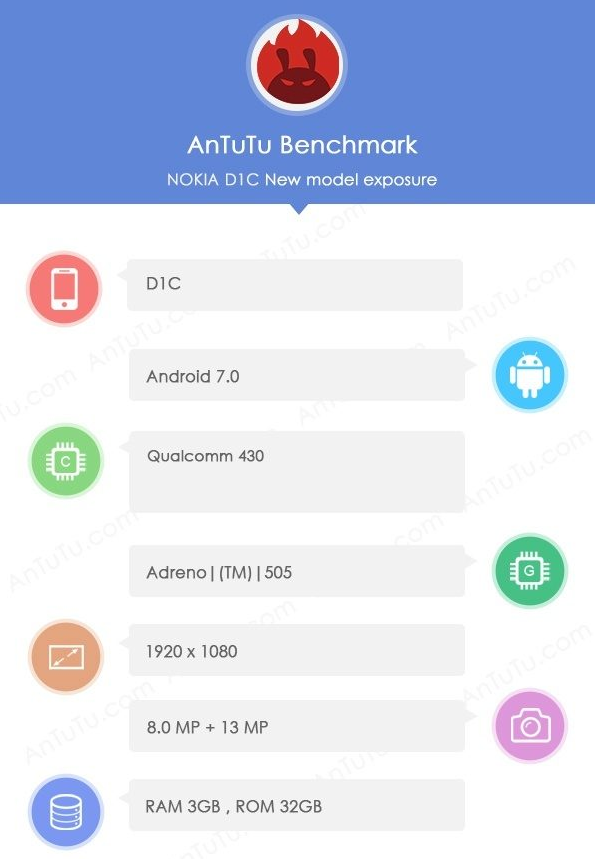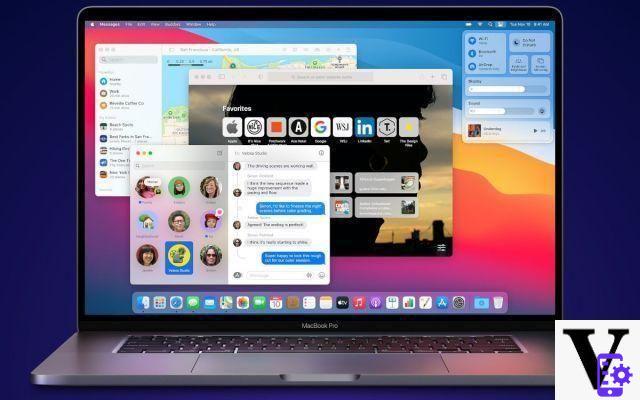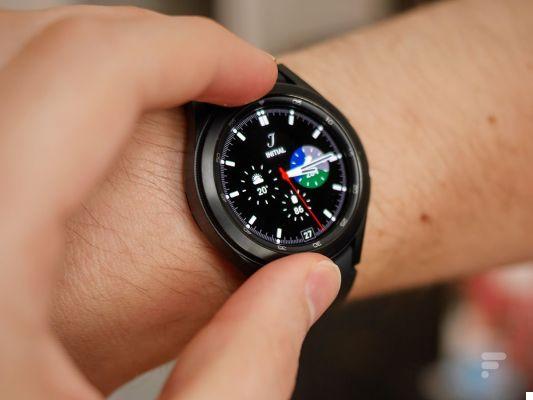Introduction to the sound card
La soundcard (in English audio card or sound card) is the element of the computer used to manage the sound inputs-outputs of the computer.

This is usually a controller that can fit into an ISA or PCI slot (for the newer ones) but more and more motherboards have an integrated sound card.
The connectors of the sound card
The main elements of a sound card are:
- The specialized processor, called DSP (digital signal processor) responsible for all digital sound processing (echo, reverberation, vibrato chorus, tremolo, 3D effects, etc.);
- Le digital-analog converter called DAC (digital to analog converter) used to convert the audio data from the computer into an analog signal to a sound reproduction system (speakers, amplifier, etc.);
- Le analog / digital converter called ADC
- External input-output connectors:
- One or two line outputs in standard 3.5 mm jack format (denoted Line Out or Speaker output or SPK, meaning “speakers” in English), usually light green in color;
- Line in;
- A microphone input (sometimes referred to as Mic), generally in 3.5 mm jack format and pink in color;
- An SPDIF digital output (Sony Philips Digital Interface, also noted S / PDIF or S-PDIF
- An interface MIDI, usually gold (ocher) to connect musical instruments and can act as a game port
- Internal input-output connectors:
- CD-ROM / DVD-ROM connector, with a black connector, allowing the sound card to be connected to the analog audio output of the CD-ROM using a CD Audio cable;
- Auxiliary input (AUX-In) with a white connector, allowing the connection of internal audio sources such as a TV tuner card;
- Connector for answering machine (TAD, Telephone Answering Devices) with a green connector;




















![[Review] Samsung Powerbot VR7000: the robot vacuum cleaner from Star Wars](/images/posts/6bc44de38605b5c0fa12661febb1f8af-0.jpg)





